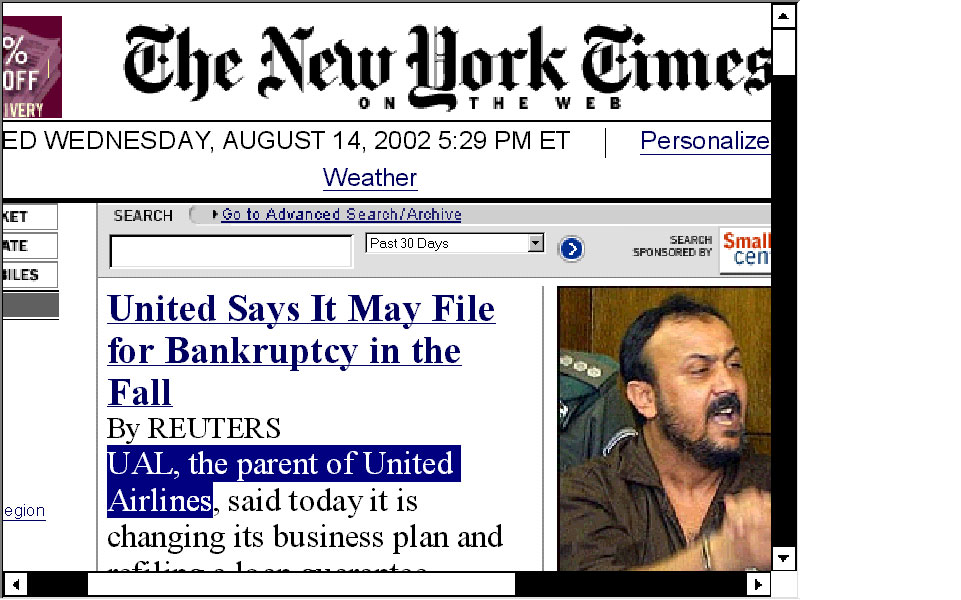| |
***SPECIAL EDITION***
September 12, 2002
 Note About
Images
Note About
Images
Photo 1

In this graphic concept, a child interacts with CosmoBotTM
via wearable sensors and/or controls on Mission Control.
The therapist controls the mode of play between the
child and CosmoBotTM through Mission Control
or the therapist toolkit, a graphical interface on
a handheld computer or desktop. The electronic devices
are in wireless communication with each other and
the data from the session are automatically saved
for future use.
Image courtesy: AnthroTronix, Inc. Graphic by
Carlson Bull, Eeltail, LLC.
Photo 2

Dr. Corinna Lathan poses with CosmoBotTM,
an "alien" space robot that her firm designed
to be used in therapy and educational applications
for children with disabilities. Children with disabilities
will be able to meet educational or therapeutic goals
using the toy in various applications that can be
configured by teachers, therapists and parents. The
CosmoBotTM system is being developed with
motivation in mind so that the therapist can focus
on providing quality therapy rather than just trying
to make therapy fun.
CosmoBotTM's wheels can move forward, backward,
left, and right, its arms can move up, down, together,
and apart, and its head can move up and down ("yes"),
left and right ("no"), and any combination
of the two. CosmoBotTM's mouth also moves.
The robot's arms, head, and mouth can be programmed
to move to any position within their specified ranges
of motion.
Photograph courtesy: AnthroTronix, Inc.
Photo 3

Freedom Scientific's SAL Speech Assisted Learning
System.
Image courtesy: Freedom Scientific
Photo 4

This is the screen that Microsoft Internet
Explorer displays for the front page of the New York
Times.
Image courtesy: JBliss Imaging Systems
Photo 5

This is the screen that PnC Net displays
for the front page of the New York Times in "Enlarge
All" mode (i.e., both the pictures and text are enlarged).
The enlarged letters are smooth, without jagged edges,
and can be adjusted to be bigger or smaller as needed.
In addition, the lines of text in the column have
been shortened to fit on the screen.
As in the other modes, PnC Net will read the text
aloud on this page starting from the top, or from
a highlighted selection. As PnC Net reads the text,
the word being spoken is highlighted. Other portions
of the page can be brought into view with the mouse,
arrow keys, PageDown key or enlarged scroll bars.
Image courtesy: JBliss Imaging Systems
Return to News Tip September
12, 2002
Return to Media Advisory NSF PA/M
02-40 - September 18, 2002
|
|






